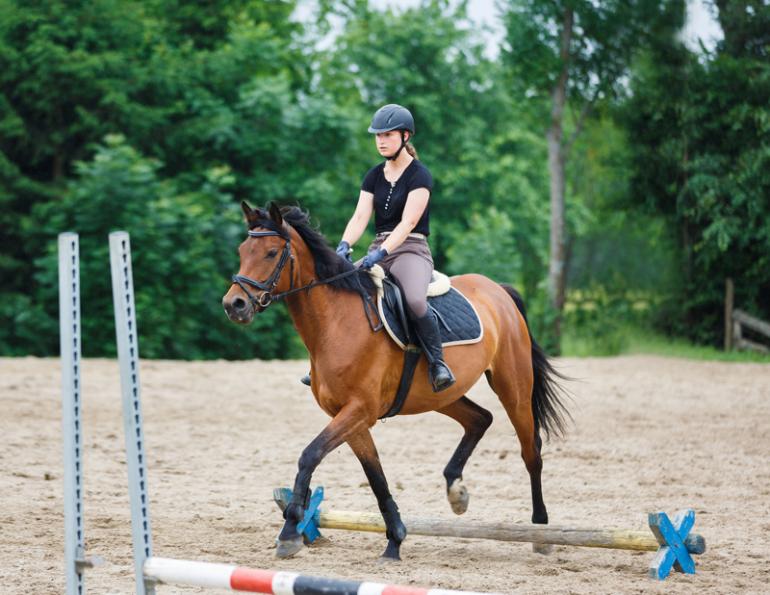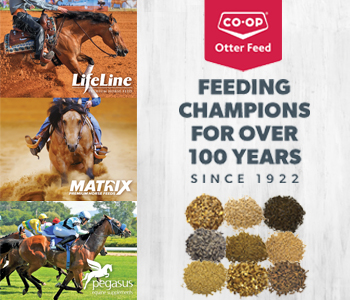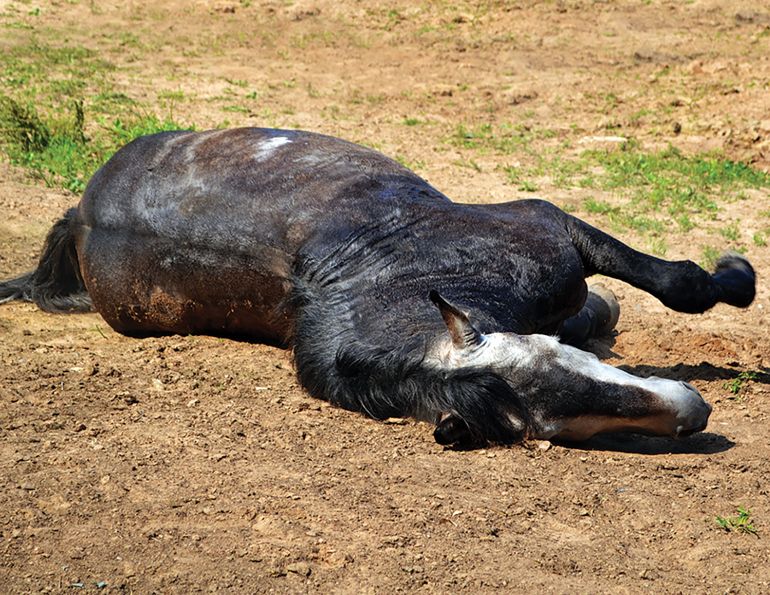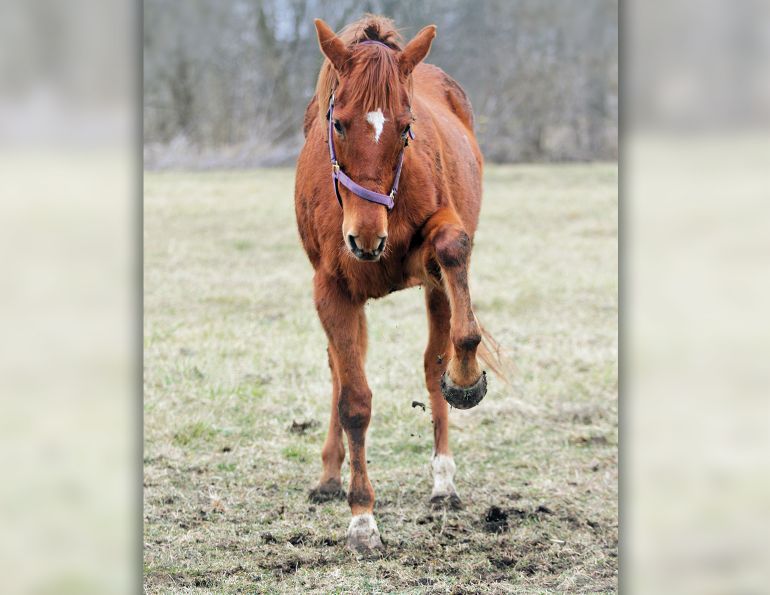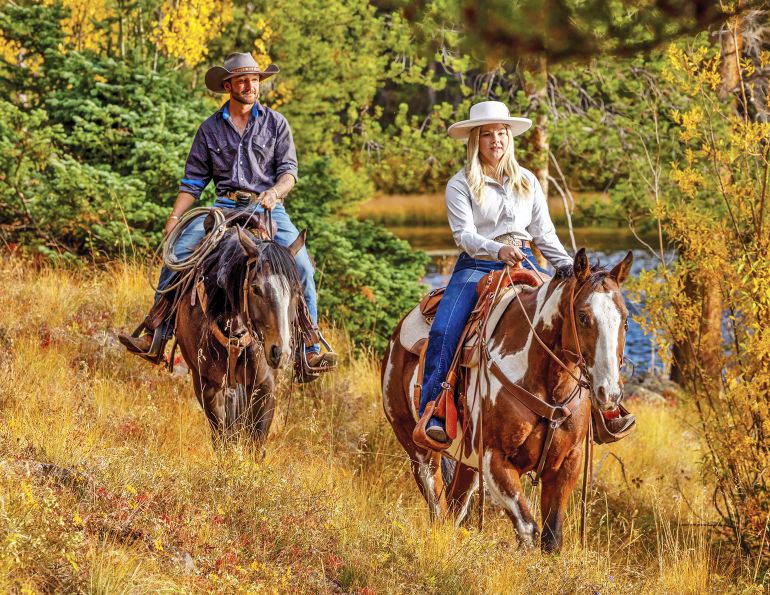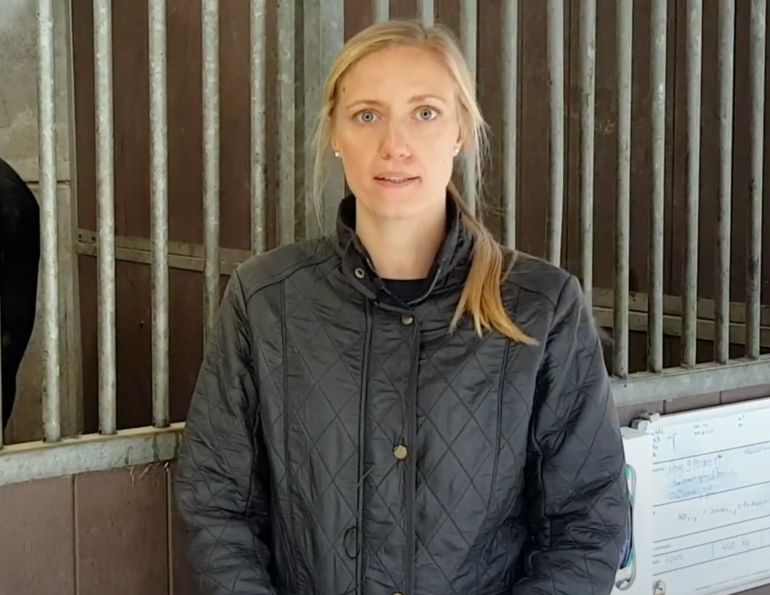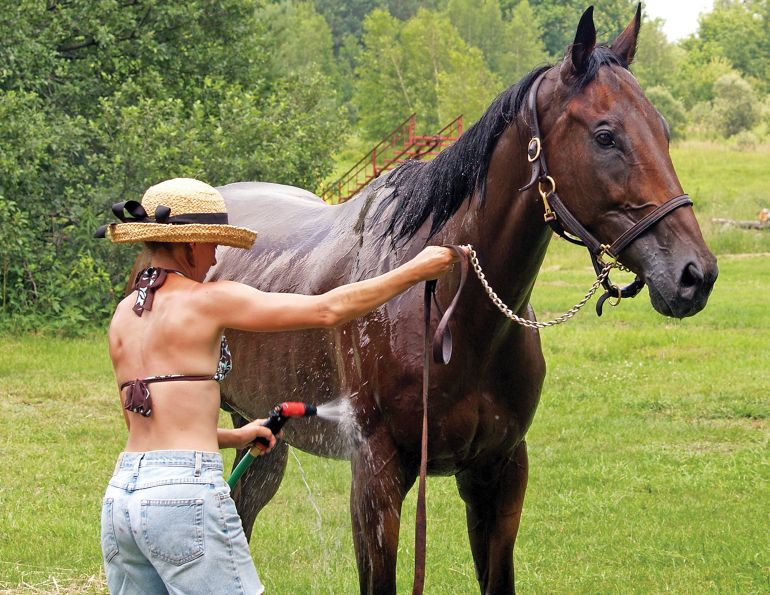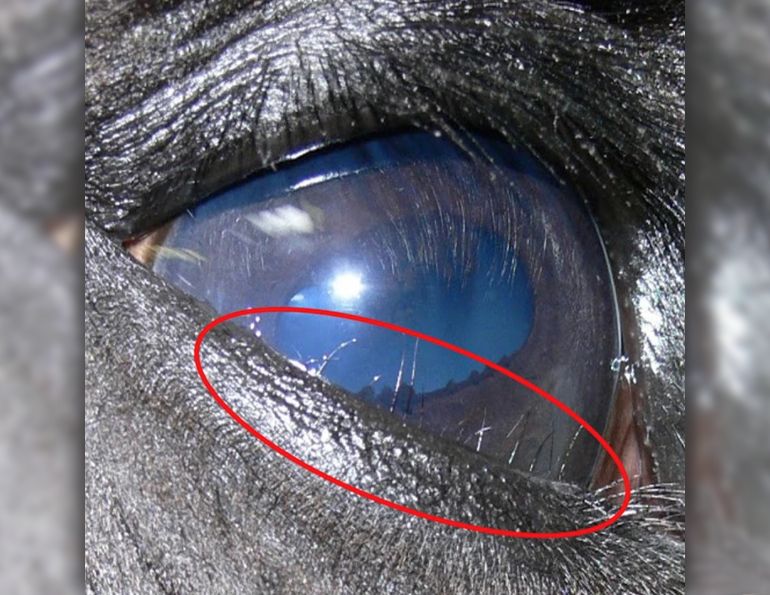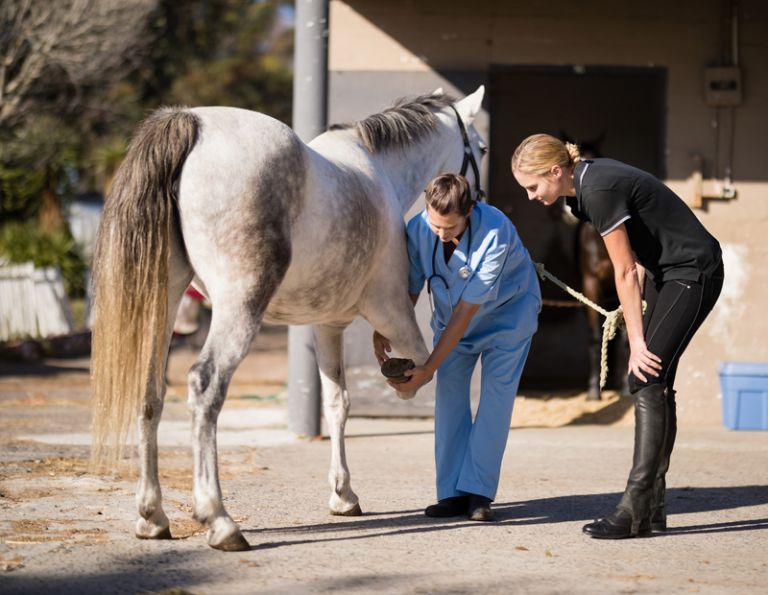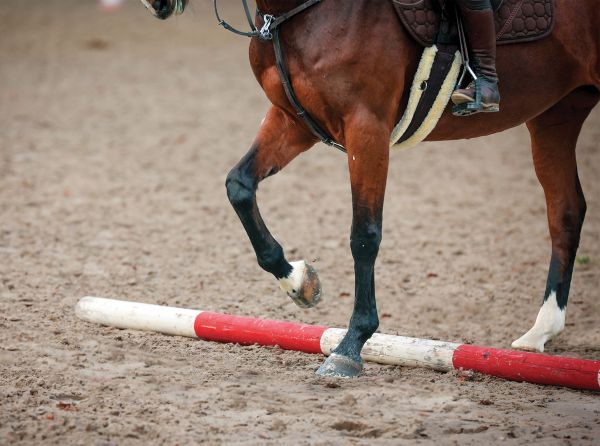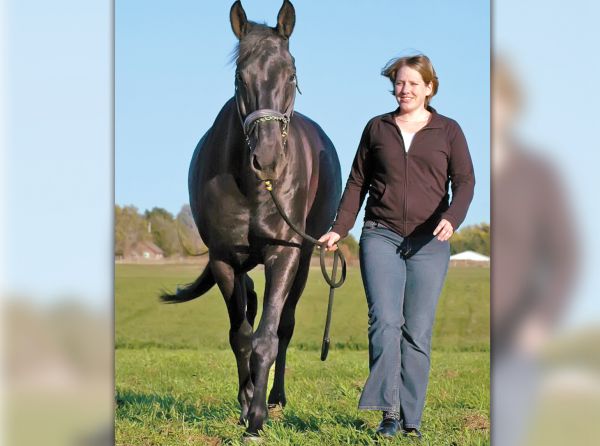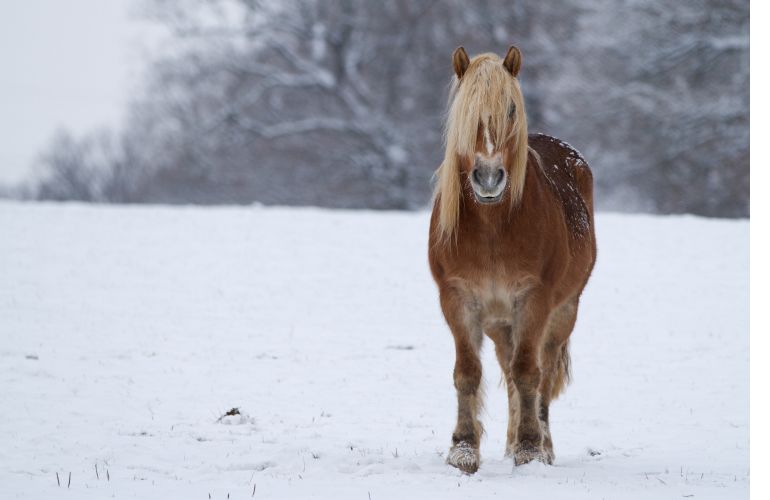Equine Guelph
In an ideal world, every senior horse would pass away naturally and peacefully, having enjoyed a good quality of life with minimal suffering. Unfortunately, this is not always the case, which is why we must be prepared.
Recognizing the signs that indicate it’s time to say goodbye is an essential responsibility for every horse owner. Planning ahead and understanding how to assess a horse’s quality of life can help ensure a compassionate decision is made when the time comes.
Veterinarians serve as the horse’s advocate and are invaluable allies during this transition. Their expertise is especially important as signs of pain or distress begin to appear, guiding us in making choices that prioritize the horse’s well-being.
Consult Your Veterinarian
To help you determine the horse’s options as objectively as possible, discuss the following with your veterinarian:
- How much suffering (pain and discomfort) is the horse experiencing and what are its chances for recovery, if any?
- What quality of life is achievable for the horse?
- Can the care necessary for the horse’s condition be provided and successfully maintained?
- What veterinary costs will be incurred throughout treatment and recovery?
Pain Recognition
As a prey species, horses have evolved to mask signs of pain to avoid attracting predators. This means they can be remarkably stoic, often showing clear signs of discomfort only when pain becomes severe.
In senior horses, chronic pain can lead to ongoing stress and even depression. That’s why it’s important to stay alert to subtle shifts in behaviour, attitude, or body language. Early recognition allows for timely intervention and improved quality of life.
Possible signs of pain in senior horses include:
- A normally friendly horse staying at the back of the stall instead of greeting you
- Rigid or tense posture
- Guarding a specific area of the body or resisting handling
- Lowered head, squinting eyes, or drooping ears
- Teeth grinding
- Increased flightiness
- Aggressive behaviour
- Being quieter or more subdued than usual
- Reduced responsiveness
- Flaring nostrils
- Looking repeatedly at the flank
- Restlessness or fidgeting
- A stoic, pained expression or dull eyes
- Awkward tail position or frequent aggressive tail swishing
- Declining performance
- Reluctance to perform previously mastered tasks
- Hesitation or refusal to move
- Spending more time lying down
- Avoiding cold water (possible dental pain)
- Loss of appetite
End of Life Decision
Euthanasia is the practice of intentionally ending a life to relieve pain and suffering. The word derives from the Greek language and means “a good death.”
When a horse is suffering from an age-related ailment or a chronic injury to the point where quality of life or cost of care is prohibitive, euthanasia is a kinder option than unnecessarily letting your horse suffer. It is critical that we make the decision based on what is best for the horse.
While planning ahead for the inevitable may be somewhat painful, understanding the process and knowing ahead of time who to turn to for help will make the decision easier, especially when our minds are clear and free of emotion.
The American Association of Equine Practitioners (AAEP) provides guidelines to help answer the question When is the right time? The AAEP recommends that the following guidelines be considered in evaluating the need for humane euthanasia of a horse. The attending veterinarian can help you to make this determination, especially regarding the degree to which the horse is suffering.
A horse should not have to endure the following:
- Continuous or unmanageable pain from a condition that is chronic and incurable;
- A medical condition or surgical procedure that has a poor prognosis for a good quality of life;
- Continuous analgesic medication and/or box stall confinement for the relief of pain for the rest of its life;
- An unmanageable medical or behavioural condition that renders it a hazard to itself or its handlers.
The method of euthanasia must be “quick, cause minimal pain or distress, and render the horse immediately unconscious.” Acceptable methods of euthanasia (according to the Code of Practice for the Care and Handling of Equines) include:
- Lethal injection (chemical) administered by a veterinarian, is one of the most common methods performed. The horse becomes anesthetized, and therefore unconscious, to such a degree that its heart stops beating and death follows;
- Penetrating captive bolt deployed by a trained individual;
- Free bullet via a gun executed by a skilled individual.
When discussing euthanasia options with your vet, disposal methods should also be taken into consideration to allow for prompt removal and disposal of the body. Decisions regarding proper disposal and management options can vary, and the laws that govern them can differ according to where you reside. Check municipal bylaws beforehand.
It is not easy to say goodbye to a dear friend, but in the end, it’s about doing what’s best for your four-legged companion.
Related: Senior Horse Wellness: Keys to Helping Your Older Horse Thrive
Related: 10 Things To Know About Caring for Older Horses
Related: How to Prepare an Advance Directive for Your Horse
For more information visit Equine Guelph - University of Guelph and The Horse Portal.
Published with the kind permission of Equine Guelph.
Photo: Saying goodbye. Credit: Clix Photography




